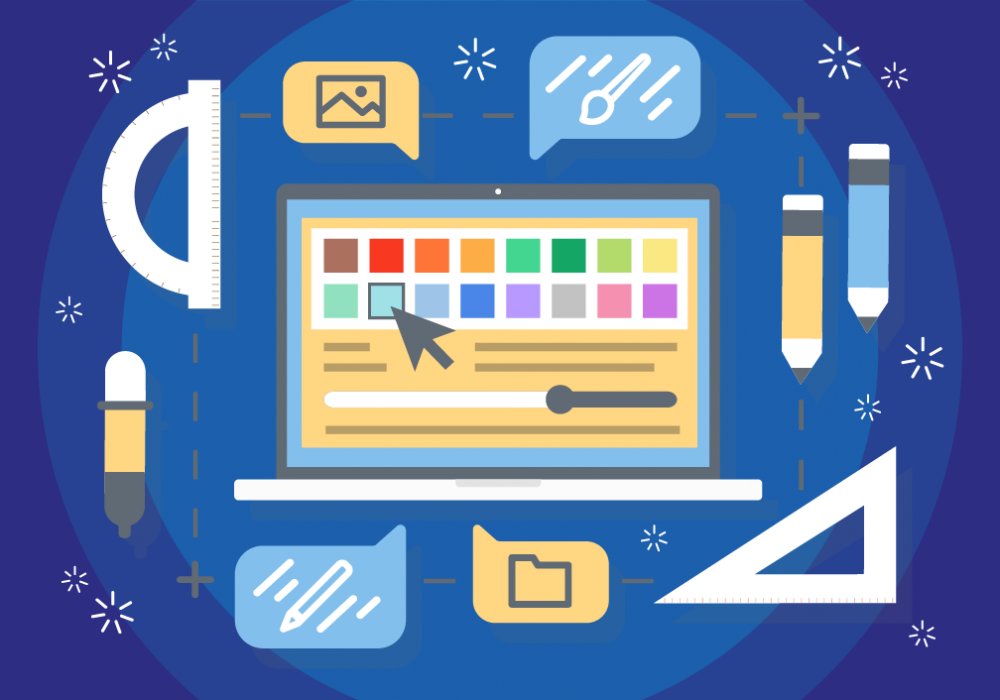(Based on: Teaching Primary Mathematics by John Suffolk, 2004 Macmillan Education)
Too often maths is taught in a boring teacher way, with the teacher describing how to solve a type of maths problem, doing a few examples on the board, and then setting an exercise for the learners to do. This approach is then repeated lesson after lesson. Does it sound boring? Yes, it is! Teaching and learning maths can and should be interesting, exciting, and fun!
There are always different ways to teach things, whether it be the procedure used, or the way in which the material is presented. Sometimes, all it takes for a learner to understand something is just a different point of view.
Any subject (and especially maths) should be taught using a variety of approaches. Some of the reasons for this are:
- Teachers have an obligation to try and make the maths they teach interesting and understandable, especially to less-able learners. Teaching lessons in the same way is not very motivating.
- Different learners have different abilities, backgrounds and interests. For every learner to experience success, varied tasks have to be chosen to meet their individual abilities and interests.
- Different stages in the learning process require different strategies. For example:
- When introducing a topic, the work should be an investigation; a period of discovery of new knowledge.
- At the consolidation stage it is time for practice and for the development of proficiency with the newly acquired skills.
- Maths is a skill that is applied in real life situations and should be taught in ways that link the textbook maths to real world experiences. Real world experiences can vary in many different ways, and skills to cope with these experiences cannot all be taught the same way. By linking to real world experiences in a variety of ways maths reinforces concepts and skills and enhances motivation for learning.
Multi-Modal Think Boards
Any topic in maths can be taught in a variety of ways. Using multi-modal ‘think boards’ are a deliberate means of helping learners make the connections between different mathematical concepts. During lessons learners create ‘think boards’ to represent their mathematical understanding in different ways:
- Real things: ‘Do’ (concrete manipulatives – physical objects such as squares, etc.)
- Diagrams: ‘Visualise’ (representations or visualisations – pictures, graphs, charts, illustrations, etc.)
- Stories: ‘Apply’ (using stories to tell real world experiences – e.g. playing away from home our team lost 0-3. In the return match at home we won 5-0. What was the goal difference between the two teams?)
- Words: ‘Communicate’ (presenting the problem in words – e.g. determine x if x to the power of two equals sixteen)
- Numbers: ‘Calculate’ (using numbers to calculate)
- Symbols: ‘Manipulate’ (rewrite the equations where at least one of the numbers are represented as ‘unknown’ – e.g. a + 4 = 10; x + y = 24)
Games and Puzzles
Games and puzzles can also be used as an approach. They are helpful when teaching maths for the following reasons:
- They are enjoyable
- They can make revision more interesting
- Success in games often depends on luck and struggling learners may find themselves defeating more capable learners, leading to an increase in their self-confidence
- Games can be valuable in improving ‘mental maths’
- They help learners understand mathematical concepts, develop mathematical skills, and learn the vocabulary, notation, and language of maths
- They encourage the development of cooperative learning, promote discussion, and contribute to communication skills
Role-Play
Learners act out a problem in front of the class. Others in the class participate in a discussion of the problem.
Questions
Ask probing questions which require learners to justify their responses. Some ideas are:
- Ask ‘how?’ or ‘why?’
- Ask for another answer
- Ask for a better word
- Ask for evidence
- Ask learners to integrate a related skill
Connecting
Maths does not exist in isolation. Make connections to other disciplines. Maths becomes much more interesting when it connects to art, science, health, literature, history, etc. It is a dynamic way of constructing meaning relating to the world around us.
Finally
No teacher needs to develop and plan interesting lessons all on their own. There are many excellent examples and resources of the above approaches available online. So become a dynamic teacher that also enjoys maths. Use your imagination when preparing lessons. When you enjoy your own lesson the learners will too.
“The problems of the future are not going to be tidy or straightforward. Therefore our children will need to be… resilient and brave, resourceful, creative and innovative and patient.” F. Gasson, 2015
